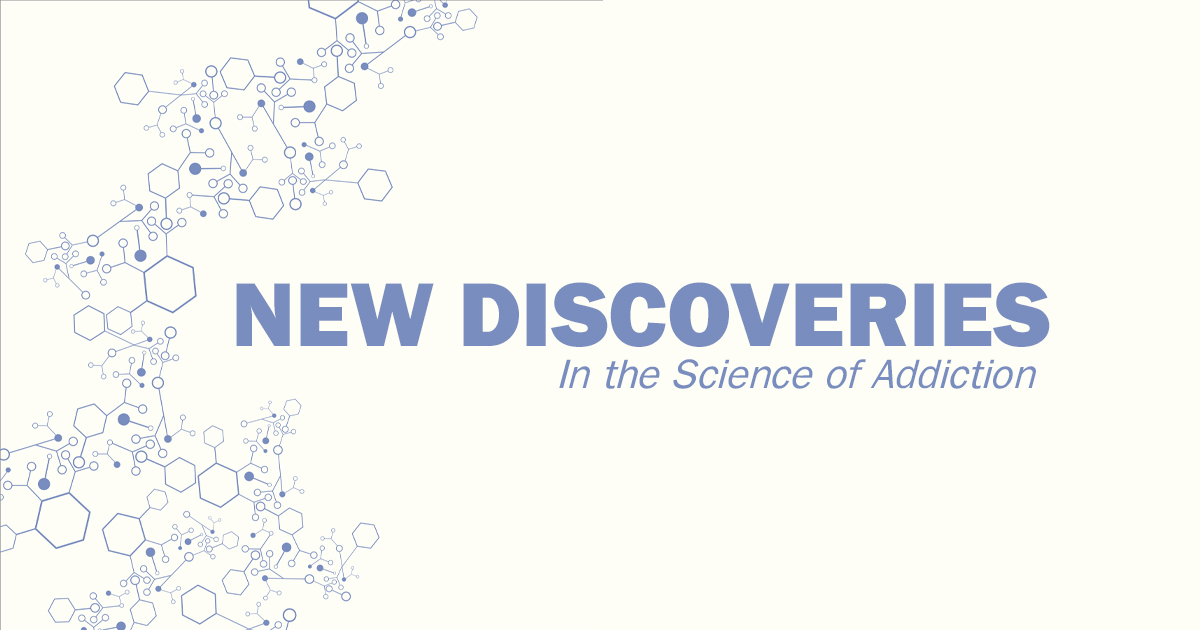
Overdose deaths are soaring; they have more than quadrupled since 1999. Of course, this isn’t news—media outlets have been covering the many occurrences of heroin-related overdoses and fatalities throughout the country, in both rural and urban areas. Most overdoses are fatal. Sometimes this is from using alone, but it’s often from fear of arrest. Users are reluctant to call 911 and report using illegal drugs, and those who are using with the person in danger may be equally afraid of the police.
Treating Opioid Addiction
Finding viable treatment options is vital for saving lives across the nation. Scientists have been creating new technology to help people live more normal lives while recovering from drug dependency. In many cases, the symptoms of withdrawal are too severe for individuals to cope, and so they return to taking the drug. Because of this, quitting alone is rarely effective—and in some cases, it can be dangerous.
Medication-assisted therapy, or MAT, is the most effective way to treat opioid addiction. Buprenorphine is the gold standard drug for treatment. It’s a partial opioid agonist, working similarly as other opioids, but more safely. This helps provide relief from withdrawal symptoms with greatly reduced risks. Buprenorphine can allow for:
- Less euphoria and lower risk of dependence
- Less potential for misuse
- Relatively mild withdrawal issues
- Blocked effects from other opioids
- Support during treatment
- Suppressed opioid withdrawal symptoms
- Suppressed opioid cravings
- Reduced opioid use
These benefits have helped the drug become a popular answer for addiction problems across the nation. The most effective MAT treatments available take advantage of the medication.
Atrigel® From Indivior
One of the methods pending FDA approval is RBP-6000. It’s made possible by the Atrigel® system, which is a delivery complex placed subcutaneously on the addict. It works the same way as a nicotine patch: it’s stored on the body and diffused over time.
The main difference between it and a nicotine patch is that it’s injected into the skin instead of being applied on top of it. RBP-6000 is stored in a polymer matrix that’s completely biodegradable. Another compound (n-methyl pyrrolidone) ensures that the buprenorphine is controlled and released over a period of about a month. This type of steady, dependable application helps further reduce the risks of withdrawal symptoms and other opioid cravings.
Because of the opioid abuse epidemic that we’re facing, the FDA has granted RBP-6000 fast-track designation. The sooner it’s released on the market, the sooner people can begin battling their addictions. The pharmaceutical company, Indivior, hopes to apply for approval in early 2017.
Probuphine From Titan Pharmaceuticals
Another alternative to dissolvable tablets (the method originally developed for buprenorphine), is Probuphine. It was developed with the ProNeura platform, and like RBP-6000, it’s placed beneath the skin. That’s where the similarities end, however.
A physician places four small “rods” within the patient’s arm. These sections are each no bigger than a matchstick. They sit comfortably within the skin and release a constant, low dose of medicine for an astounding six months—which means much more consistency for the patient and less roller coaster–like withdrawal symptoms. The FDA has already approved the treatment.
Many clinics are learning how to properly administer these implants. Because they require no maintenance for such a long period of time, it’s easier for individuals to focus on therapy and quitting other opioids.
Whether it’s subcutaneous gel or small implants, treatment options for opioid addiction are increasing. New discoveries are leading to dependable and effective solutions that help patients find a more natural rhythm in their lives.


